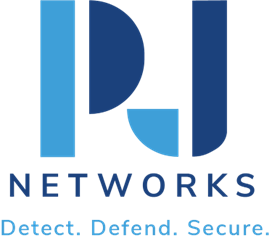Integrating SIEM with Cloud Security: A Comprehensive Approach
Introduction
Hey there! Today, let’s chat about something exciting: SIEM and cloud security. If you’re in cybersecurity, you know combining these two can really fortify our defenses. So, let’s dive deep into how cloud integration with SIEM forms a solid defense line.
The Rise of Cloud Computing
Cloud computing has skyrocketed, hasn’t it? It’s no longer just an option; it’s a necessity. Businesses, big and small, are moving their operations to the cloud. Why? Well, it’s flexible, cost-effective, and scalable. But with these perks come challenges. And that’s where cloud security comes into play.
Challenges in Cloud Security
You and I know the cloud isn’t perfect. Here are some common challenges we face:
- Data breaches: Cloud storage is often targeted by cybercriminals.
- Lack of visibility: It’s hard to monitor activities across different cloud services.
- Compliance issues: Keeping up with regulations like GDPR can be tricky.
- Complexity: Managing diverse cloud services and ensuring their security is a lot of work.
Role of SIEM in Cloud Environments
Enter SIEM — Security Information and Event Management. How does it help? Glad you asked!
- Real-time analysis: SIEM provides real-time monitoring and alerts.
- Threat detection: It helps detect unusual patterns, like potential attacks.
- Centralized Log Management: Collects data from various sources, making it easier to analyze.
- Compliance support: Assists in meeting regulatory requirements by maintaining logs.
With SIEM, you and I get a bird’s eye view of our entire cloud environment. This centralized approach helps in managing the complexities we discussed earlier.
Best Practices for Integration
So, how do we make sure our SIEM and cloud security play nice? Let’s discuss some best practices.
- Understand your current setup: Before jumping in, know your existing cloud and SIEM infrastructure.
- Choose the right SIEM tool: Make sure it integrates well with your cloud provider.
- Automate where possible: Automation helps in reducing manual errors and speeds up processes.
- Regularly review logs: Analyze data logs on a regular basis to detect anomalies early.
- Continuous training: Keep yourself and your team updated on the latest cloud and SIEM technologies.
Conclusion
Bringing SIEM and cloud security together is a powerful step in your cybersecurity strategy. With cloud integration, we not only protect our data but also ensure a smoother, safer operation. By following these practices, you can create a robust security posture. Ready to take the next step? Let’s secure our cloud environment like never before!
